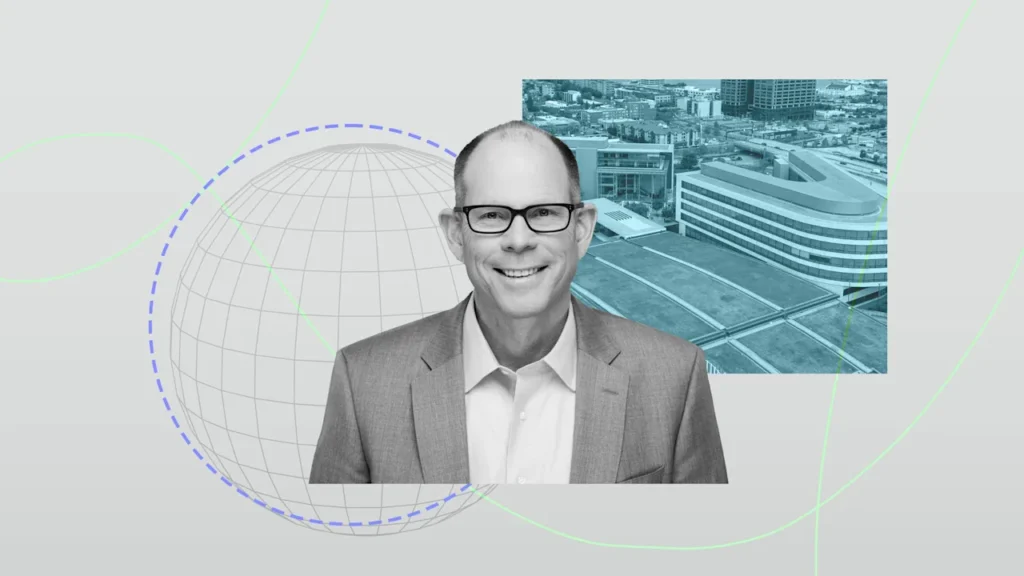
Hello and welcome to Modern CEO! I’m Stephanie Mehta, CEO and chief content officer of Mansueto Ventures. Each week this newsletter explores inclusive approaches to leadership drawn from conversations with executives and entrepreneurs, and from the pages of Inc. and Fast Company. If you received this newsletter from a friend, you can sign up to get it yourself.
Gates Foundation CEO Mark Suzman faces a rare leadership challenge: He is managing an organization that has announced its intention to spend $200 billion during the next 20 years—double what the organization dispensed in its first 25 years—while working to permanently close its doors on December 31, 2045.
Suzman, who joined the foundation in 2007 as director of global development policy, advocacy, and special initiatives, and became CEO in 2020, says the finality and scale of his mandate actually provides clarity and focus. “It allows us to be very predictable and reliable for the next two decades,” he says. “That’s a luxury for a CEO.”
With clarity comes focus
The foundation announced it is sunsetting earlier this year, accelerating a shutdown that Suzman says had always been part of the organization’s long-term plan. At the time of the announcement, chair and board member Bill Gates said the nonprofit would concentrate its efforts on three areas: ending preventable deaths of mothers and babies, eradicating deadly infectious diseases, and putting millions of people on the path to economic prosperity.
That means some programs will “graduate,” or be reworked. Some existing initiatives that fall outside the focus areas or may not be achievable by 2045 are moving into new partnerships. For example, the foundation’s work to foster technology and tools to expand economic opportunity for Americans is now part of NextLadder Ventures, a coalition of philanthropies including Ballmer Group (cofounded by former Microsoft CEO Steve Ballmer), Valhalla Foundation, Stand Together, and others.
Leadership through change
I asked Suzman about leading a team of more than 2,000 mission-driven employees—some of whom are seeing projects deprioritized—through this lengthy transition. He contends that the foundation has always had to make hard choices. “When you’re part of an institution that has a wider set of goals, there will be trade-offs—trade-offs about how we allocate our internal resources, how we allocate Bill’s voice. We work on this by trying to pull people up to our shared set of goals,“ he says.
He also echoed a common refrain I hear from virtually every CEO trying to manage an organization through massive change: “You can never over-communicate enough,” he says. “You have to keep driving that message through in every possible channel, internal and external, to help people see the connections and understand that you know how they all come together toward the greater goal of the foundation.”
The foundation’s phase out comes in the wake of major changes to its structure. In 2024, Warren Buffett, who has donated $48 billion since 2006, said the foundation would not receive a contribution upon his death. That same year, Melinda French Gates resigned as co-chair after 24 years, receiving $12.5 billion from the foundation for her independent philanthropic work. In January 2025, the Bill & Melinda Gates Foundation was renamed Gates Foundation, with Bill Gates becoming sole chair.
Message to the next generation
The announcement also coincides with challenges to some of the causes the foundation has championed, including vaccines and international aid. Suzman notes that the Gates Foundation is now the largest funder of the World Health Organization (WHO) after President Donald J. Trump’s executive order withdrawing from the WHO.
Suzman contends that philanthropy shouldn’t solely provide resources for health and humanitarian organizations that governments have historically supported. But he also urges a new generation of business executives and founders to begin their giving journeys.
“I’m the beneficiary of the amazing generosity of Bill, Warren, and Melinda . . . they themselves frequently talk about how personally fulfilling philanthropy is to them,” Suzman says. He adds: “We only hope there’ll be more following our example. The world needs it desperately.”
Sailing into the sunset
Have you ever had to lead the winding down of a company or organization? How did you do it, and how did you keep employees engaged? Send your stories to me at stephaniemehta@mansueto.com for possible use in a future newsletter.
Read more: the business of giving
How to build charitable giving into your business model
Is the era of the benevolent billionaire really over?
The top 50 U.S. donors gave $16.2 billion to charity in 2024

